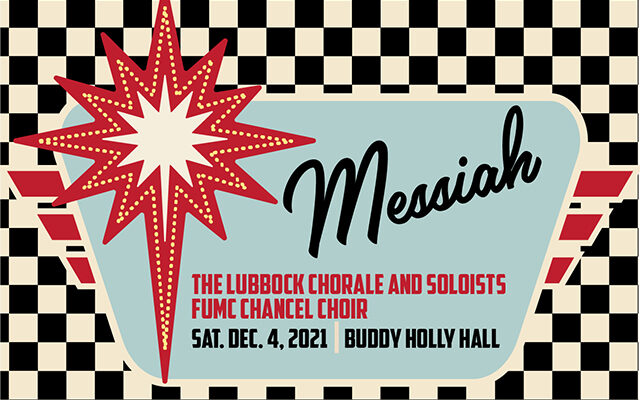Lubbock Symphony Presents Handel’s “Messiah”

LUBBOCK, TX – The Lubbock Symphony Orchestra (LSO), the Lubbock Chorale, and the First United Methodist Church (FUMC) Chancel Choir present George Frederic Handel’s beloved choral work, “Messiah.” This festive performance, conducted by Maestro David Cho, kicks off the holiday season and inspires feelings of joy for both musicians and audience members. The concert is on December 4, 2021 at 7:30pm in the Buddy Holly Hall of Performing Arts and Sciences and will feature the following soloists:
- Amy Owens
- Quinn Patrick Ankrum
- Eric Rieger
- Gerald Dolter
Galen Wixson, president and CEO, said that “Messiah” is a cherished tradition for the LSO and the Lubbock community.
“Our holiday concerts are a big hit during this time of year,” said Wixson. “’Messiah’ is a beloved holiday tradition for the LSO. This concert is the perfect way to celebrate this special time of year and embrace the Christmas spirit.”
The Lubbock Chorale is comprised of some of the best vocal talent in the South Plains. The Lubbock Chorale, originally named The Lubbock Civic Chorale, began in September of 1976 and has since become a prominent part of the musical culture of West Texas. The FUMC Chancel Choir is an ensemble of around 70 members, singing the best sacred music in the American Protestant and English choral traditions. Both ensembles regularly perform choral masterworks with the Lubbock Symphony Orchestra.
Tickets start at $33. For more information or to purchase tickets, call (806) 762-1688 or visit www.LubbockSymphony.org.
The Lubbock Symphony Orchestra (LSO) is one of the oldest community organizations in Lubbock. Founded in 1946, LSO is an integral part of the cultural fabric of the South Plains region and is made up of talented professional musicians from all parts of the Lubbock Community. The LSO seeks to enhance the community we serve by providing quality symphonic performances and educational experiences for thousands of children across the greater Lubbock area.


